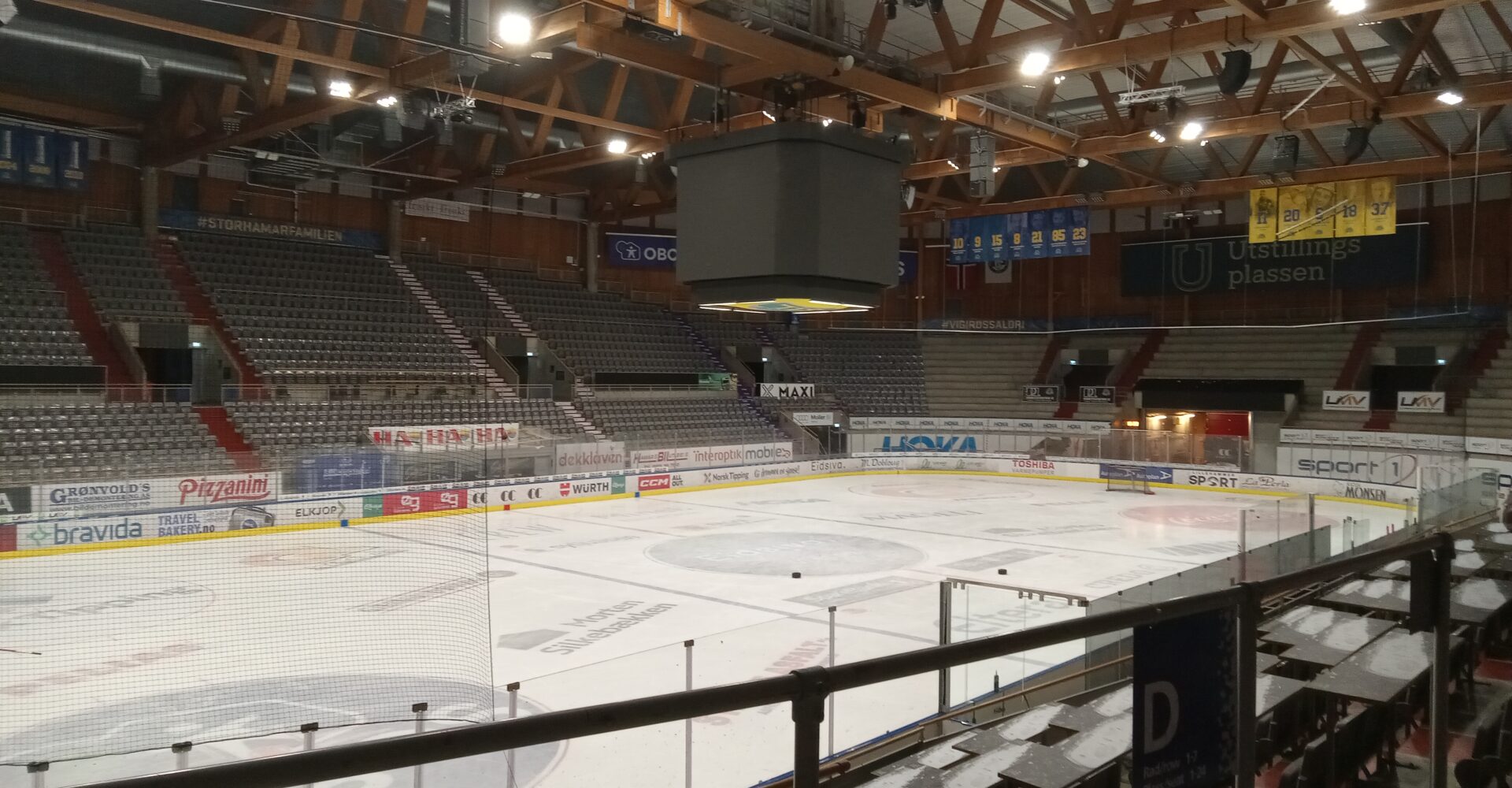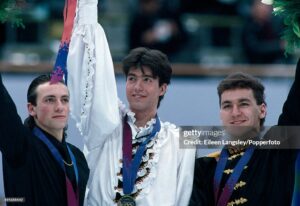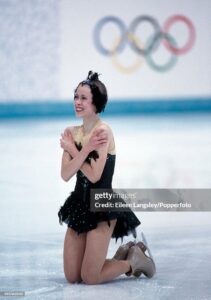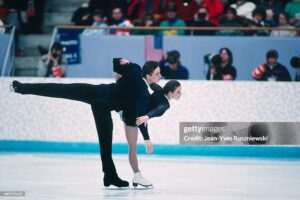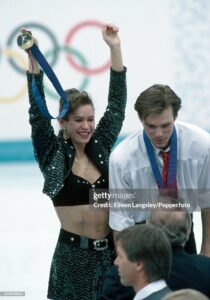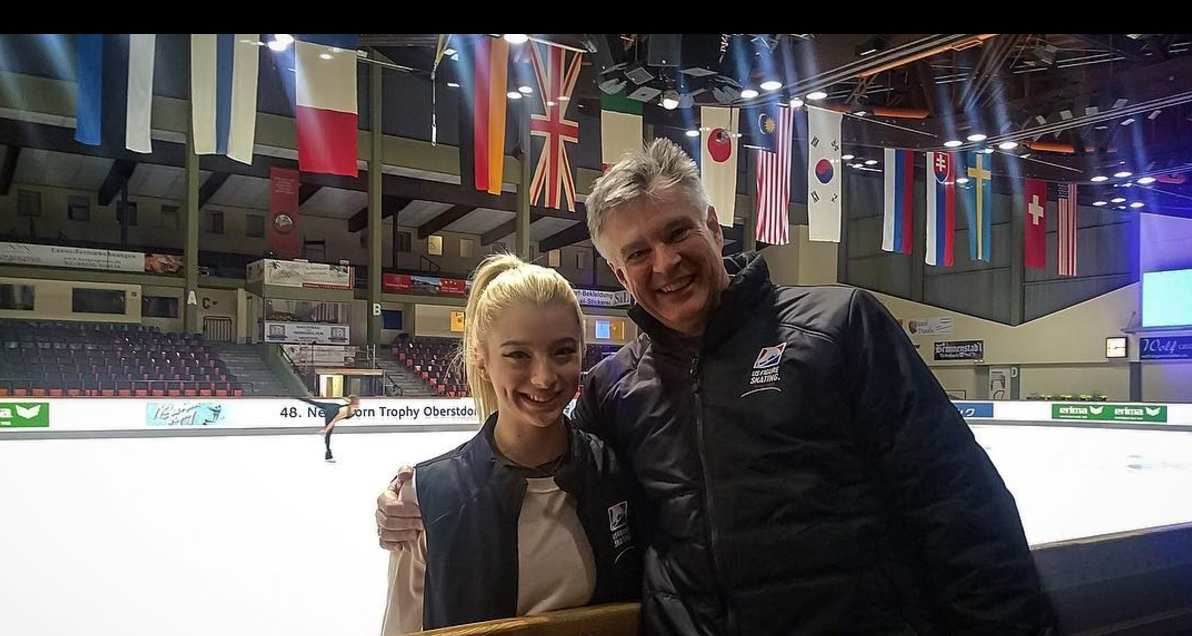By Scott Mammoser, Team FSO contributing writer
Photos by Scott Mammoser and Getty Images
Team FSO contributor writer Scott Mammoser recently visited Lillehammer, Norway to mark the 30th anniversary of the 1994 Winter Olympic Games.
HAMAR, Norway – The walk from Hamar Train Station to the Olympic Amphitheatre is a quiet one. Taking just under an hour, blocks of colorful Scandinavian-style wooden homes line narrow streets, few cars drive past, and even in the arctic winter, birds are heard chirping. All of a sudden, stands an arena that 30 years ago hosted one of the largest media caravans of the 20th century.
Everyone remembers the drama between Nancy Kerrigan and Tonya Harding, and the event still is one of the most-watched television broadcasts in American history. But the 1994 Lillehammer Olympics are memorable for a variety of other reasons. They were the first Winter Games to break the four-year cycle with the Summer Games and occur only two years after Albertville 1992. They were the first to allow professionals, bringing back the likes of Katarina Witt and Brian Boitano, plus Jayne Torvill and Christopher Dean. In addition, teams from former Soviet states were represented, having competed under the Unified Team in 1992. This resulted in a sweep at the top of the podium for Russia and Ukraine.
GOLD: Alexei Urmanov (RUS)
SILVER: Elvis Stojko (CAN)
BRONZE: Philippe Candeloro (FRA)
Urmanov entered the competition as the defending world bronze medalist. Skating to the “The Barber of Seville,” he became the first Russian singles skater to take Olympic gold, beginning a streak that would encompass the next three Olympics, as well. Stojko would win the world title one month later in Chiba, Japan, and he and Candeloro would repeat their silver and bronze positions at Nagano in 1998. Boitano – the 1988 Olympic champion – finished in sixth, while U.S. champion Scott Davis was eighth. Viktor Petrenko, who won the gold medal in Albertville for the Unified Team, placed fourth for his native Ukraine.
GOLD: Oksana Baiul (UKR)
SILVER: Nancy Kerrigan (USA)
BRONZE: Chen Lu (CHN)
The reigning world champion Baiul won the hearts of the world with her Swan Lake short program and free skate of Broadway selections. Kerrigan, who won bronze in 1992, won the silver medal in Lillehammer. Chen Lu became the first Chinese skater to medal at the Winter Games, and she would repeat her bronze at Nagano in 1998. Outside of the medalists in fifth was Yuka Sato, who won the world title one month later. Witt was seventh and Harding eighth.
GOLD: Ekaterina Gordeeva and Sergei Grinkov (RUS)
SILVER: Natalia Mishkutionok and Artur Dmitriev (RUS)
BRONZE: Isabelle Brasseur and Lloyd Eisler (CAN)
Gordeeva and Grinkov recaptured their gold medal from Calgary six years earlier, while Mishkutionok and Dmitriev returned to the podium from their Albertville victory. The Canadians also repeated their bronze from 1992. Jenni Meno and Todd Sand of the U.S. were fifth. Elena Berezhnaya and Jamie Sale, who shared the gold in 2002 with new partners, finished in eighth and 12th respectively with their previous partners.
GOLD: Oksana Grishuk and Evgeni Platov (RUS)
SILVER: Maya Usova and Alexander Zhulin (RUS)
BRONZE: Jayne Torvill and Christopher Dean (GBR)
Grishuk and Platov won the first of their consecutive golds in Lillehammer, and the Chiba Worlds was their first of four in a row. Usova and Zhulin improved from bronze in Albertville. The British team of Torvill and Dean that became global celebrities after winning at Sarajevo in 1984, returned to the Olympics ten years later, competing in their late 30s. Torvill and Dean entered the competition as the European champions and came home as the bronze medalists. The top American team, Elizabeth Punsalan and Jerod Swallow were 14th.
Visiting the arena in 2024
 Now known as CC Amfi, the arena’s doors were open in late afternoon as a children’s hockey team practiced. A giant poster of three-time Olympic champion Sonja Henie of Norway flies through the rafters of the corridors. Only 6,000 seats were available in 1994, so only a lucky few hold the honor of witnessing the event live.
Now known as CC Amfi, the arena’s doors were open in late afternoon as a children’s hockey team practiced. A giant poster of three-time Olympic champion Sonja Henie of Norway flies through the rafters of the corridors. Only 6,000 seats were available in 1994, so only a lucky few hold the honor of witnessing the event live.
Getting to Hamar is quite simple. Once Upon arrival in Gardermoen International Airport, the train takes two directions. An hour south is the capital city of Oslo, home of the 1952 Winter Olympics. The outdoor Bislett Stadion, which hosted the figure skating competition, as well as the opening and closing ceremonies, was rebuilt earlier this century. The newer version looks vastly similar to the original and is about a 30-minute walk from the central station. Heading north from the airport, one hour away is Hamar, and the proper city of Lillehammer is another hour north of there. You will know you have reached Hamar because the first building visible is Hamar Hall, site of the speed skating oval. CC Amfi will be in the other direction, and if you will be traveling south from Lillehammer, you can see the arena flash by while riding the train. The Lillehammer train station boasts the rarity of having a hostel (also with private rooms available) built right into the station, and it is highly recommended.


